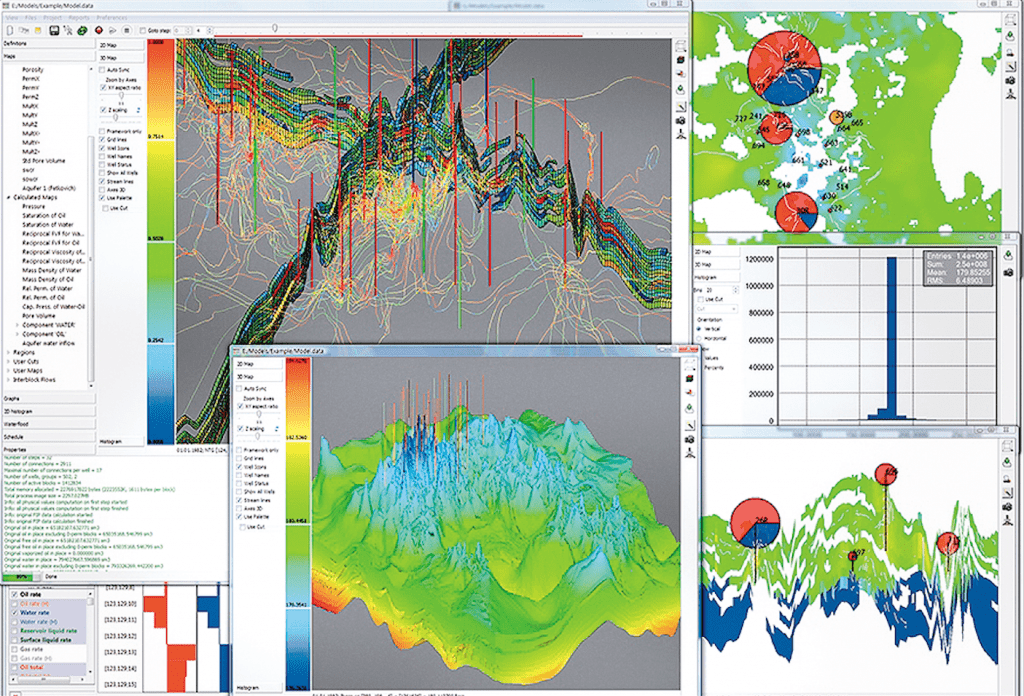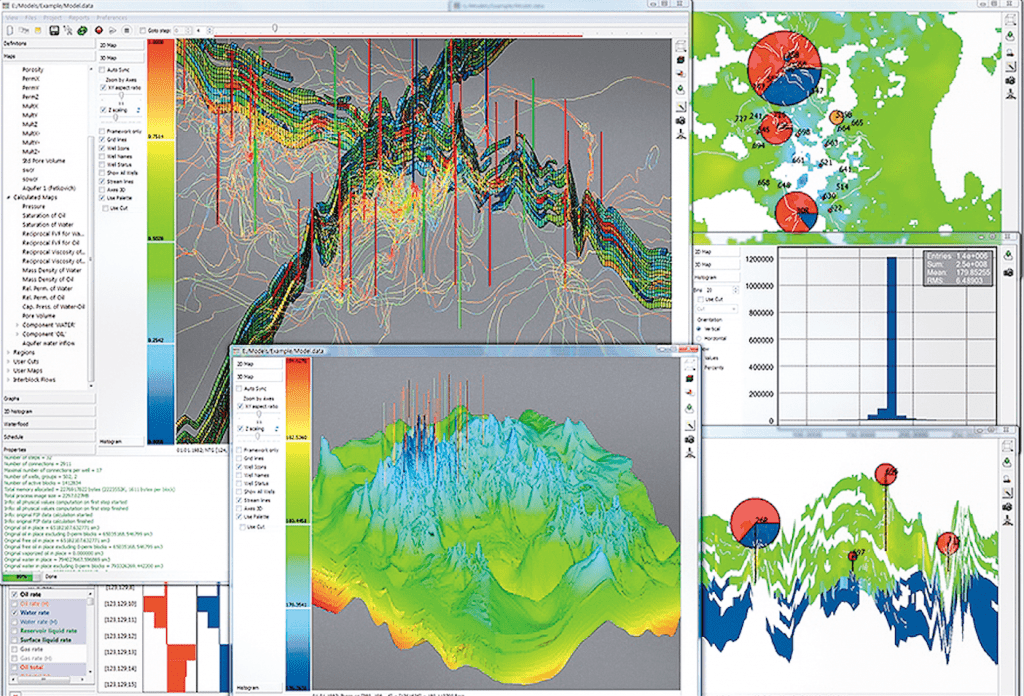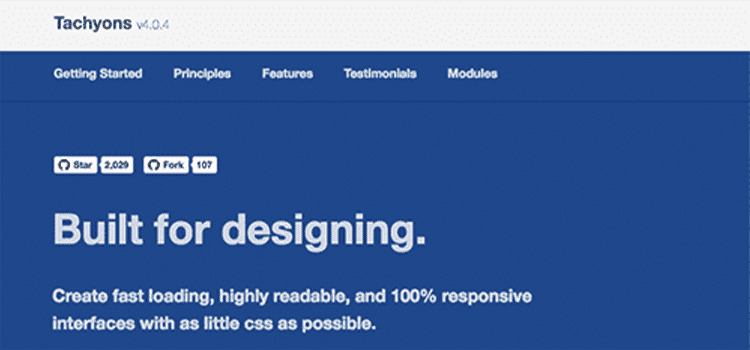Reservoir Simulation Moves to the Cloud
What is Reservoir Simulation?
Reservoir simulation is applied by the oil and gas industry in the development of oil and gas fields, as well as in production forecasts to help make investment decisions. This branch of reservoir engineering is concerned with modeling fluids and gases inside the reservoir for production purposes. Most modern simulators allow for construction of 3D representations for use in either full-field or single-well models. There are a number of commercial software offerings in the field, including, Schlumberger Eclipse, Halliburton NEXUS, Emerson Roxar, and Rock Flow Dynamics tNavigator, among many others. There exist a number of open source simulators as well, including, BOAST and OPM.

Reservoir simulation is perfect for the cloud
Reservoir engineering is a multi-faceted discipline that includes seismic acquisition and processing, reservoir analysis and simulation, well and drilling modeling, and flow modeling. Seismic acquisition and modeling is highly data intensive – an oil field modeled in the three-dimensional space can have tens of terabytes of raw data. Processing such data in the cloud is cumbersome due to having to move high volumes of data on and off the cloud.
Well and drilling modeling, as well as pipe flow modeling (oil and gas transportation), is relatively light in both data and processing needs. Even the largest models can be simulated on a modern laptop between seconds to a handful of minutes.
In reservoir simulation, the large volume of seismic data is distilled to a relatively small size to comprise the reservoir model. While the inputs are normally around tens of megabytes, the processing needs are very high, with some models running for weeks at a time on traditional hardware. Adding more CPU power can reduce runtime, but this in not always straightforward.
Scalability challenges
Many reservoir simulators don’t scale well beyond 12-32 CPU cores for a single simulation job, and, therefore, moving these to a large cluster or the cloud is not helpful.
On the other hand, a common simulation scenario involves multiple instantiations of a single simulation using different parameters in an assisted optimization run. This embarrassingly parallel setup scales well to a large number of CPUs, and most simulators can take advantage of the speedup. This is the sweet spot for a cloud platform.
tNavigator + Rescale = Match Made in Cloud
tNavigator by Rock Flow Dynamics (RFD) is an extremely scalable, parallel, interactive reservoir simulator. It has been shown to achieve near linear speedup using thousands of CPU cores, even on a single instantiation. Figure 2 shows tNavigator’s scalability in comparison to industry standard simulators.

Coupled with an on-demand, pay-per-use cloud solution, such as Rescale, oil and gas companies can take advantage of a fully scalable solution. Users can pay for the exact amount of computation they use, as both Rescale and tNavigator are offering hourly pricing. This arrangement allows for 100% utilization of resources, and allows very large clusters to be created on demand to speed up computations.
Rescale and RFD have recently implemented a cloud-based solution for tNavigator. Users upload the input data via encrypted channels (similar to the online banking systems), choose the number of CPUs to be used, and press Submit. The simulation results can be observed remotely at runtime from a user’s terminal. The data is 100% secured when running simulations on Rescale’s platform.
From days to minutes – a case study
A real field three-phase model with 39 wells and 10 years of historical data was chosen to test the scalability of the system. The model contained 21.8 million active grid blocks. We configured a powerful 512-node cluster, with each cluster node consisting of two four-core Intel® Xeon 5570 Nehalem processors, which sums to 4096 simulation cores.
This setup resulted in a computation time reduction from 2.5 weeks down to 19 minutes. The resulting speed-up coefficient compared to one calculation core is equal to 1,328.
About Rock Flow Dynamics
Rock Flow Dynamics was founded in 2005 by mathematicians and physicists, are backed by Intel Capital, and have customers on all continents, including the biggest names in the oil and gas industry – OXY, BG Group, Marathon Oil, Tullow Oil, PetroFac, Murphy Oil, PennWest, Tatweer Petroleum, PetroChina, and the like. Rock Flow Dynamics was established with a clear vision to provide reservoir engineers worldwide with new state-of-the-art dynamic reservoir simulation technology that meets the most demanding modern expectations for raw performance, rich modeling functionality, advanced Graphical User interface capabilities, and smart license pricing.
About Rescale
Rescale is a secure, cloud-based, high performance computing platform for engineering and scientific simulations. The platform allows engineers and scientists to quickly build, compute, and analyze large simulations easily on demand. Rescale partners with industry-leading software vendors to provide instant access to a variety of simulation packages while simultaneously offering customizable HPC hardware. Headquartered in San Francisco, CA, Rescale’s customers include global Fortune 500 companies in the areas of aerospace, automotive, life sciences, and energy.








